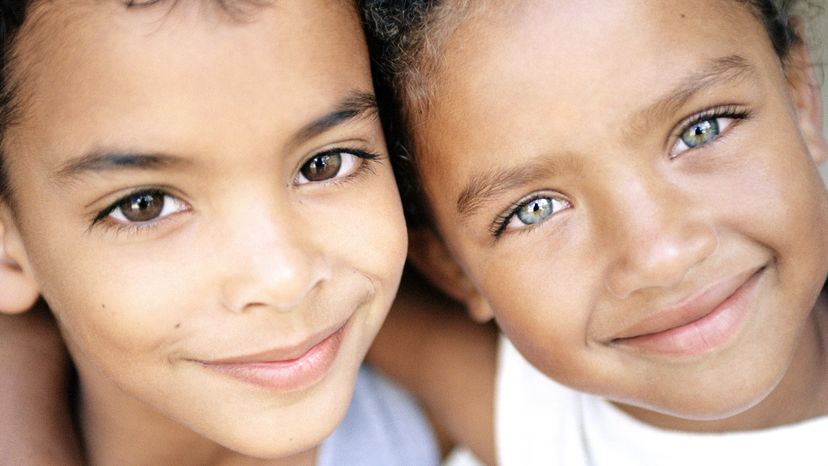Hazel Eyes (10%)
Another variation is hazel eyes. Hazel eyes account for about 10 percent of the world's population and may appear brown under dark lighting, then take on a more yellow appearance in bright light.
On closer inspection, hazel eyes may also contain flecks of green or blue inside the iris which give them a unique appearance. This type of pigmentation with light colored eyes is more common in southern European countries, North Africa and the Middle East, as well as in diaspora populations from those territories.
Blue Eyes (10%)
Blue-eyed people are relatively common in white populations while being much rarer in other ethnic groups.
Overall, blue eyes account for about 10 percent of the world's population. There is also a lot of variation among blue eyed people, as some may appear a deep, solid blue; others may appear lighter with green or brown flecks.
Gray Eyes (3%)
Gray eyes, which are typically a light blue color on closer inspection, make up for about three percent of the total population. It's likely that the same or similar genetic markers which cause blue and green eyes may also cause gray eyes in some circumstances.
Health conditions like cataracts may also cause the eyes to take on a dull gray appearance, but this not directly tied to eye color.
Green Eyes (2%)
Like blue eyes, green eyes are almost entirely unique to white populations, but they are significantly rarer than blue eyes even in those populations. Green-eyed people account for only about two percent of the total population, making them more likely to stand out in a crowd.
